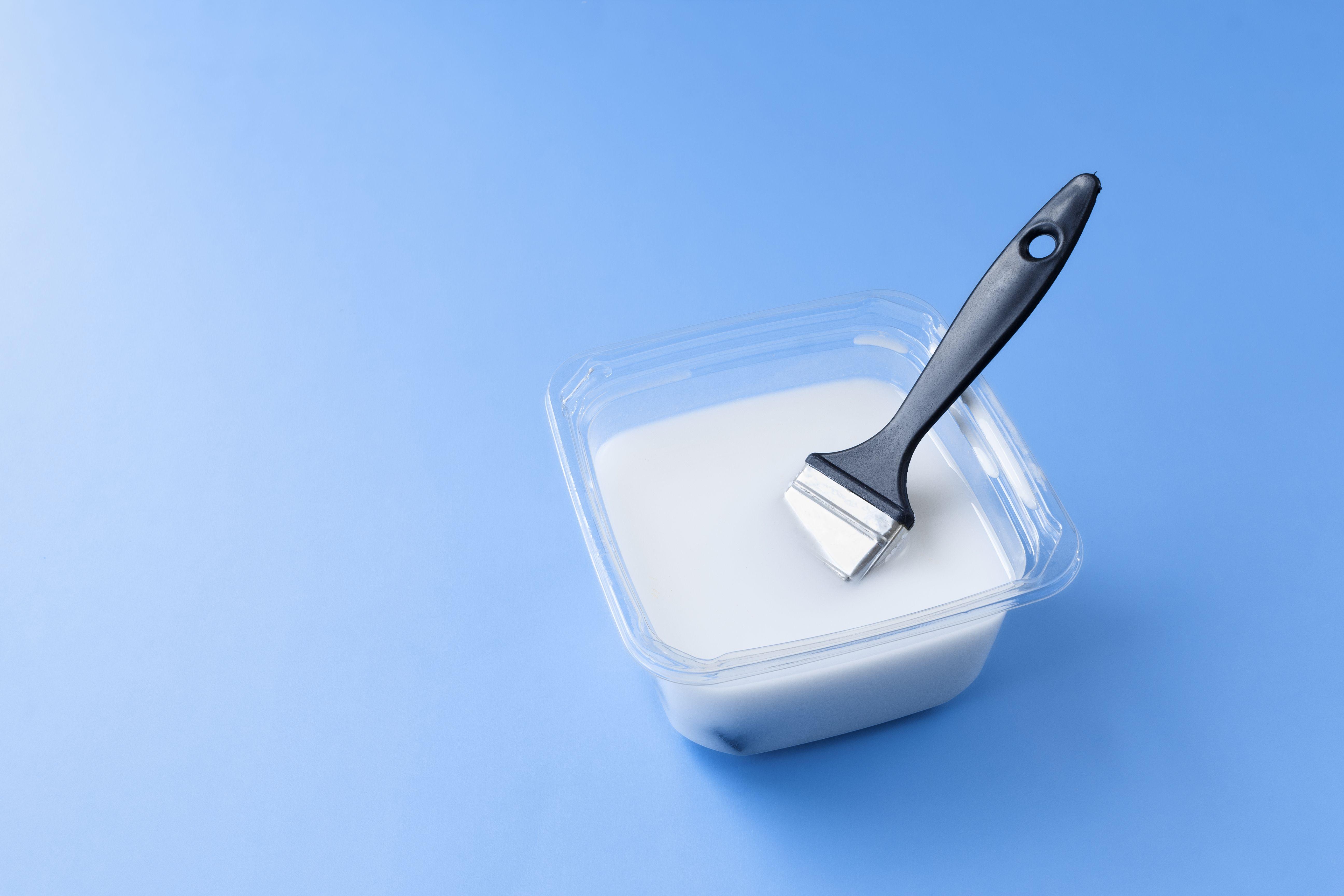The term "paint thinner" can refer to a variety of products, as the term is often loosely used to refer to many different solvents used for thinning paint, removing paint, and cleaning paint supplies like brushes and rollers. However, it’s important to know exactly what you’re using and how to use it, as paint thinner can cause major damage to certain materials and surfaces. Below, we’ve explained what paint thinner is and five things you should never use it on.
What Is Paint Thinner?
Real paint thinner is a solvent used for thinning and removing paint and is typically made of alcohols, esters, petroleum products, organic solvents, and ketones, but the specific makeup varies from brand to brand.
Other common products that are loosely referred to as paint thinner and might be effective for similar purposes are listed below.
- Acetone: Acetone is a powerful solvent that can remove tough dried paint, varnish, adhesives, and more. It should be used and stored cautiously as it's highly flammable and toxic. Some paint thinners contain acetone, but pure acetone itself is also used to thin paint.
- Mineral spirits: Mineral spirits is a solvent that can be used to thin oil-based paints and varnishes, remove paint from brushes, and clean paint supplies. While not as toxic as acetone, it should still be used with caution in a well-ventilated space. Though not all paint thinners are mineral spirits-based, most of them are.
- Turpentine: Turpentine is a natural solvent derived from pine trees that's commonly used for cleaning up paint supplies and thinning oil-based paints. Turpentine paint thinner is considered a more traditional variety.
- Other "paint removal" products: There are many other branded solvents used for thinning paint and cleaning paint brushes and supplies. When in doubt, always check the manufacturer's specs to confirm what solvents the product is made of.
Whenever a rag is used to clean surfaces with paint thinner or similar solvents, always discard it in a sealed fireproof container filled with water, then dispose of it at a hazardous waste collection site.
5 Things You Should Never Use Paint Thinner On
Paint thinner can quickly remove oil-based paint, so it's obvious that it's a powerful solvent. If applied to the wrong surface or material, it can cause serious damage to the item. Read this list of things you should avoid using paint thinner on.
1. Water-Based Paints
Paint thinner has a somewhat misleading name, as it can't be used with water-based paints like acrylic or latex. Since paint thinner is a solvent, it's intended for use with oil-based paint only.
If you wish to thin or remove water-based paint, water should be your first choice, though there are water-based paint thinner products available at most home improvement stores.
2. Plastic
Paint thinner should never be used on plastics, as it can dissolve certain types. While some kinds of plastic might hold up fine to paint thinner, it can be difficult to determine what type of plastic you have, so it's best to avoid it altogether.
This goes beyond not using paint thinner on plastic materials. You should refrain from storing paint thinner in plastic containers, even temporarily. Additionally, discarding paint thinner in a plastic trash bag can have disastrous results.
3. Rubber
You should steer clear of rubber when using paint thinner, as it can damage rubber in more ways than one. It can penetrate the material and compromise its structure, leading to degradation, brittleness, cracking, discoloration, and lack of elasticity.
4. Lacquer
While paint thinner might remove lacquer, it's not its intended use. If used to thin lacquer, it will compromise it. Instead, a product called lacquer thinner is better suited, with a blend of solvents tailored to the material's specific properties.
5. Skin
Many people confuse paint thinner with alcohol, which could lead them to use it as a rubbing alcohol substitute for cleaning wounds and skin. While some paint thinners do contain alcohol, alcohol and paint thinner aren't synonymous and should never be used in place of one another.
Never attempt to clean a wound with paint thinner or any other solvent.
What to Use Instead of Paint Thinner
If you're looking to clean paint off of plastic, rubber, and other materials that paint thinner could damage, play it safe and avoid other solvents as well. Instead, warm water, soap, and a rag are usually your best bet. If necessary, an abrasive cleaning pad will prove useful, but it might scratch delicate surfaces.



